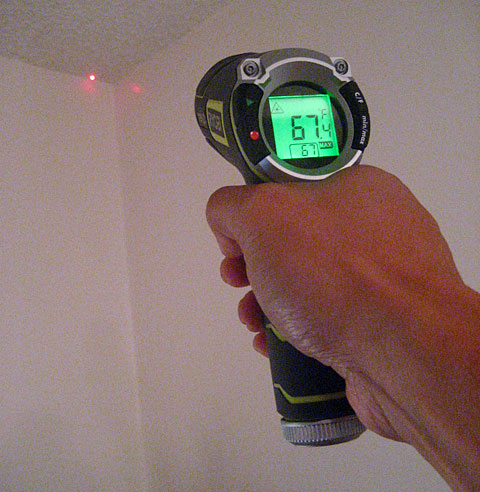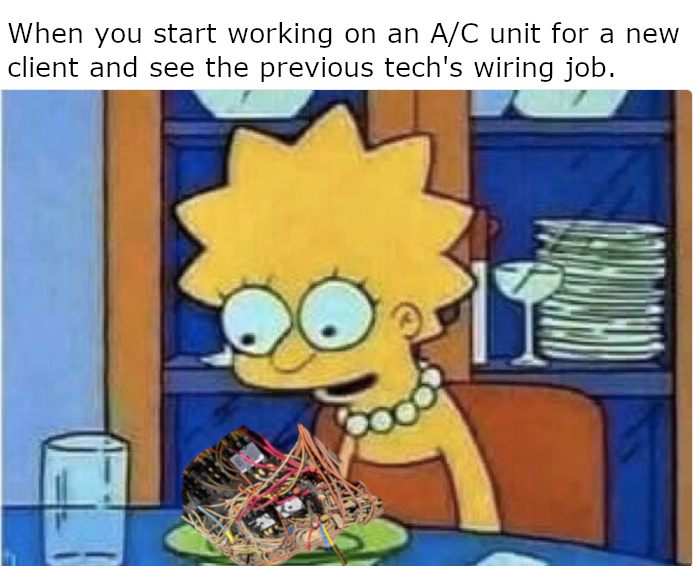Get Tech Tips
Subscribe to free tech tips.
Dalton’s Law of Partial Pressures

Most of the laws we refer to in air conditioning and refrigeration are pretty obvious and practical. Dalton's law of partial pressures is no exception. John Dalton observed that the air pressure was equal to the added pressures of each gas that make up air. That means that the pressure and density of air can vary based on the exact makeup of the gases contained in the air.

The law of partial pressures states that:
In a mixture of non-reacting gases, the total pressure exerted is equal to the sum of the partial pressures of the individual gases.
That simply means that if you take two gases and place them together in a contained space, you simply add the pressures to get the total pressure. The only case when this does not apply is when the gases “react” with one another to create new molecular structures.
In practical terms, this is why nitrogen or air in a refrigerant circuit increases the pressures. The pressure of the nitrogen is added to the pressure of the refrigerant, resulting in higher pressure.
It is also one reason that refrigerant manufacturers blend refrigerants to create ideal boiling and condensing temperatures based on the percentage of one refrigerant over another. A common example of this is R407C vs. R407A. Both are made up of R-32, R134a, and R-125, but the percentage of each in the mixture dictates the pressure/temperature properties.
Now clearly, this law applies only to gas (vapor), not matter (refrigerant) in the saturated state like refrigerant in a tank. However, when the refrigerant is in the vapor state, it obeys Dalton's law.
—Bryan
P.S. – If you'd like to learn about John Dalton's life story and read about more practical applications for his law in the HVAC industry, please check out this other article we wrote about him.










Comments
To leave a comment, you need to log in.
Log In